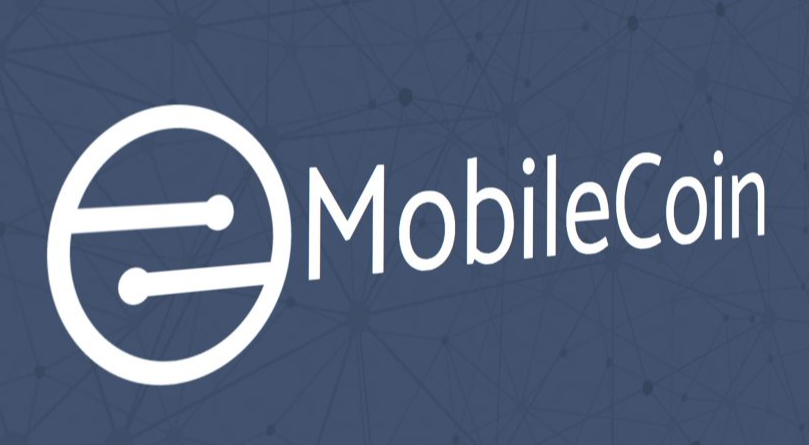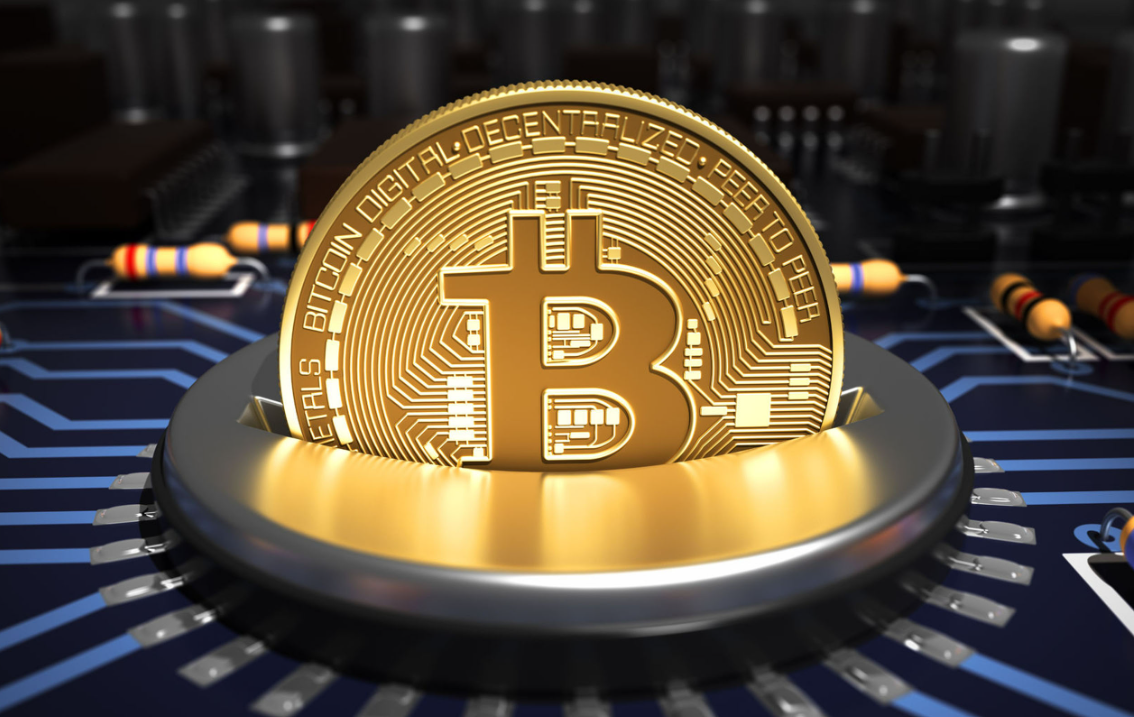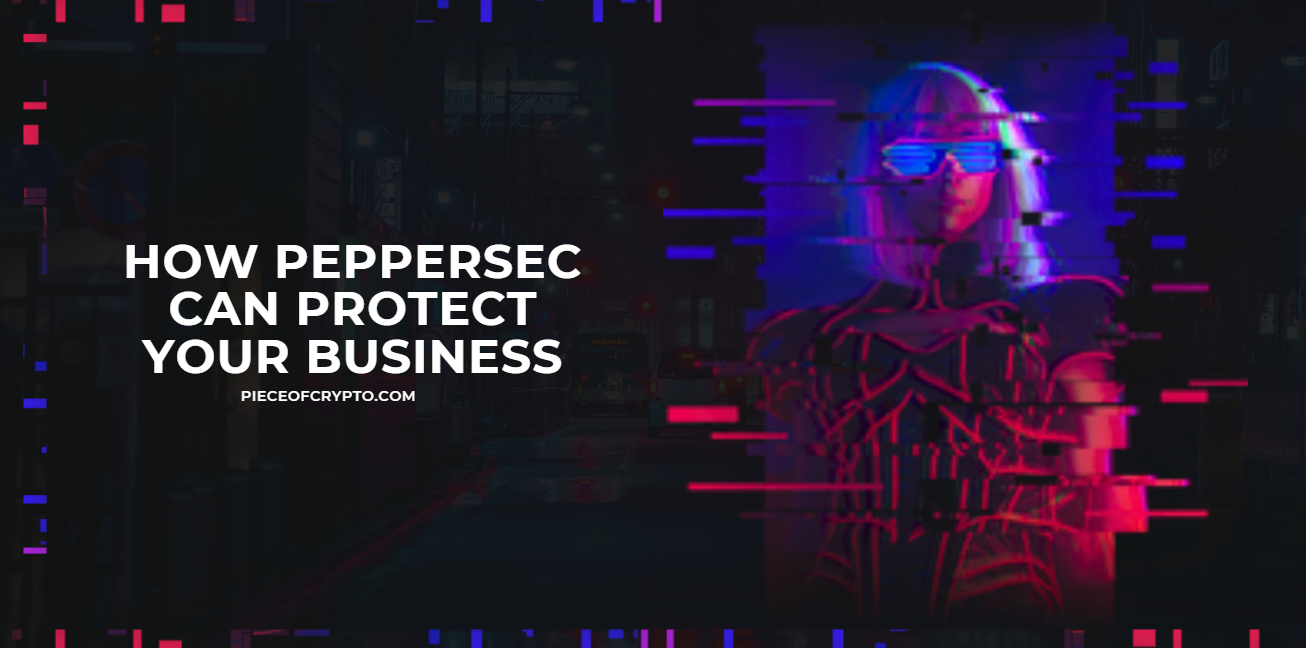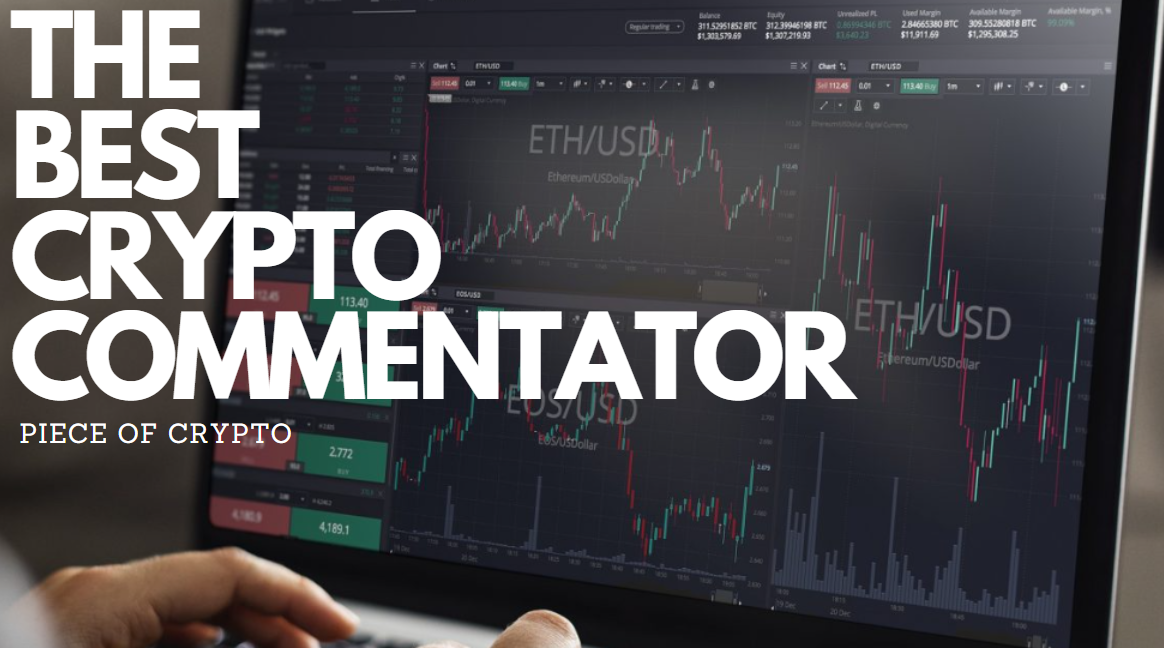What is MobileCoin? MobileCoin is a peer-to-peer cryptocurrency that was created in 2017 by Josh Goldbard and Shane Glynn. It focuses on transactional anonymity, transaction speed, and low fees. This makes it attractive for mobile users who would like to transact without the need to use a credit card.
Blockchain
Blockchain for MobileCoin is a peer-to-peer cryptocurrency that was created in 2017. Founded by Josh Goldbard and Shane Glynn, MobileCoin aims to be easy to use, transactionally anonymous, fast, and has low fees. The project also uses open-source software and the Ethereum blockchain, which is designed to be secure.
Blockchain for MobileCoin has a streamlined protocol, allowing for sub-second transactions. Furthermore, it features a quorum system based on trust relationships in real-life. This quorum process enables users to accept any statement made about the blockchain ledger if enough of them agree it is true.
Blockchain for MobileCoin is a carbon-negative protocol designed to prevent miners from disrupting the network. Moreover, it aims to increase transaction speeds and reduce network congestion. It also has zero-knowledge proofs and elliptic-curve cryptography. This makes MobileCoin a secure and scalable network.
Blockchain for MobileCoin has received a $30 million funding round from Binance Labs, a major blockchain incubator associated with the popular exchange Binance. The funding will allow MobileCoin to enjoy priority listing consideration on Binance. This means that it will be available to the general public in the near future.
In addition to venture firms and cryptocurrency technology companies, MobileCoin has received investment from well-known entrepreneurs and investors. Notable investors include Troy Carter, J. Erving, Rodney “Darkchild” Jerkins, and Ty Baiden. The company has also received funding from Aglae Ventures, Gaingels Capital, and 10X Capital. In total, MobileCoin’s investors have a combined $1.066 billion valuation.
Blockchain is a distributed ledger that records all transactions. Each transaction is verified by a consensus process between the users. This prevents tampering with the data because new entries in the chain must be linked to previous ones.
Peer-to-peer payment network
MobileCoin is a peer-to peer payment network based on mobile technology. Unlike traditional currencies, this network requires no user authentication, requires very little storage space, and offers extremely fast transaction speeds. The project was launched in 2017, and it is currently on track to start trading sometime in 2020. Signal is closely affiliated with the project, and Marlinspike is a paid technical adviser for MobileCoin.
MobileCoin has raised over $80 million in venture capital, and has already recruited forty employees. The startup is headquartered in San Francisco, but it is not yet available in the United States. As a result, it chose to partner with Signal, a messaging app based in the United Kingdom. While MobileCoin is currently available in the UK, it is not available to U.S. citizens or entities.
Security is a top priority for MobileCoin, which addresses security breaches by providing privacy features and a proof-of-stake consensus algorithm to keep transactions safe. The protocol also helps protect the identity of users, which is important in today’s digital world.
Currently, there are 10 nodes in the FBAS. The smallest blocking set is comprised of four nodes controlled by two organisations. As a result, a small group of nodes could compromise the safety and liveness of the entire network.
MobileCoin allows users to make secure and fast payments anywhere, anytime. The peer-to-peer network is designed to be user-friendly and easy to use. Unlike other payment networks, MobileCoin also allows users to control and manage their own transactions, which is a huge plus.
Carbon-negative blockchain
As the world’s first carbon-negative cryptocurrency, MobileCoin is pioneering a sustainable payment system. It uses renewable energy projects in Gujarat, India, as part of its carbon-offsetting mechanism. This will offset the network’s carbon usage by ten times by 2021.
The company’s founding team includes Alan Paulin, who was a founding member of Square’s Cash App. Paulin helped build Cash App’s foundational systems and the first Android application. He also helped shape Square’s engineering career ladder and promotion process. Today, he leads the engineering organization at MobileCoin.
Algorand’s blockchain uses a proof-of-stake consensus algorithm, meaning that all validating nodes must agree to create a new block each time. Algorand has partnered with ClimateTrade, a global leader in carbon emissions transparency. The company also plans to bring a growing community of mainstream developers on board to increase its environmental impact.
The mobile app itself can be run with minimal energy. With only 10 nodes, the energy use of the MobileCoin network is similar to that of a household, which consumes about 10,649 kWh annually. Even if the network reaches the size of a small town, its energy usage will be the same as a few households.
Hedera Hashgraph has made environmental sustainability a core value. It is committed to carbon-negative network operation and buys carbon offsets every quarter. They also report its emissions to Terrapass, a third party assessment service. They are committed to making their network carbon-negative in Q2 2021.
MobileCoin is the first carbon-negative cryptocurrency. It supports digital cash transactions through the Signal Messenger app. Moreover, its transaction network is extremely energy-efficient. This makes MobileCoin a greener choice for mobile users.
Energy consumption
When it comes to cryptocurrency, energy consumption is a major concern. But MobileCoin is a low-energy digital currency that is based on a blind blockchain network of participants. While generating cryptocurrency consumes large amounts of energy, transferring it does not. It uses significantly less energy than other popular cryptocurrencies.
Using MobileCoin to verify transactions will require nearly zero energy. In fact, MobileCoin will use less energy than a small town. Its network can consist of 10 nodes, and its energy consumption is similar to that of a home. A home, according to the Energy Department, uses approximately 10,649 kWh of electricity a year. Even if the network grows exponentially, its energy consumption will be much lower than that of an entire neighborhood or country.
MobileCoin is the first carbon-negative cryptocurrency. It is designed to minimize the amount of energy used by mining. This technology is based on the Federated Byzantine Agreement (FBA). The FBA consensus model uses minimal energy. In addition, the company uses other carbon-offsetting measures.
Another advantage of MobileCoin is its privacy. Its transactions are encrypted and can only be decrypted by the parties involved. In addition, MobileCoin is a carbon-negative cryptocurrency, meaning that every time you spend a MobileCoin, 10 units of carbon will be donated to renewable energy sources.
Taxes on art sold for MobileCoin
The New Art Dealers Alliance Art Fair is partnering with MobileCoin to host a privacy-themed art prize. The winner will receive $7,500 in MOB, MobileCoin’s cryptocurrency asset. The prize was selected by international art critic Andrew Berardini and MobileCoin’s Director of Art, Inga Bard. For more information about the prize, visit mobilecoin.com/artprize.
The process of purchasing and selling works of art can be long and difficult. There are many factors to consider that affect the final price. Taxes can significantly increase the price of a piece of art. In order to avoid having to pay taxes on art, be sure to buy from a reputable seller who arranges shipping.
MobileCoin’s residency program is designed to support contemporary artists and their artistic endeavors. The program provides an environment that is secure and supports artistic freedom while championing privacy. Artists participating in the program are supported with financial support and direct access to privacy experts. By offering a residency program, MobileCoin is giving artists the chance to explore digital privacy issues and their connection to it.
If you sell an original piece of art to an international buyer, you may need to pay a tax on it. However, in the U.S., the buyer won’t be able to claim a tax refund if he or she does not pay any tax on the sale. It is also important to remember that some countries charge a value-added tax. This tax is similar to the income tax, except that it is paid by the buyer of the work.



